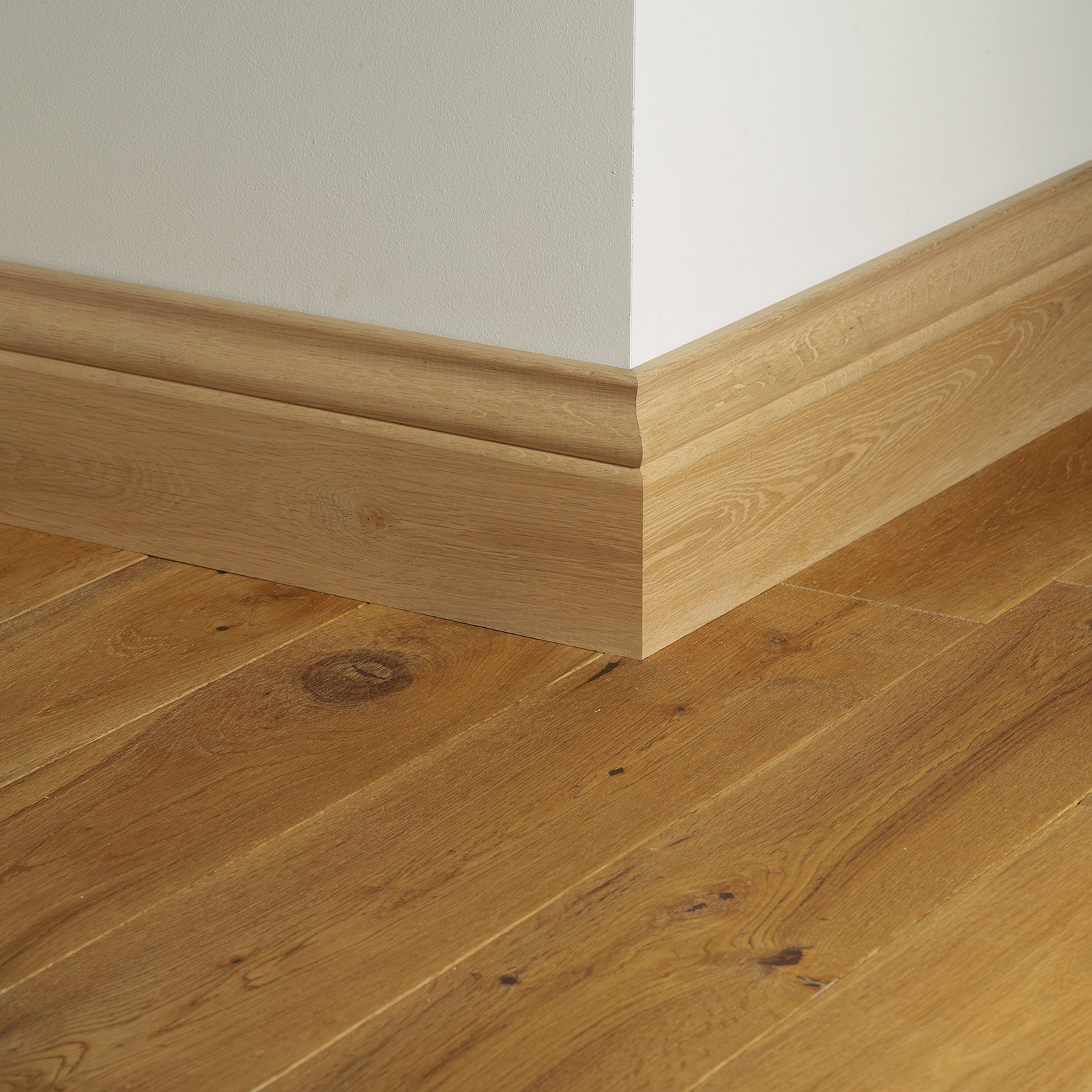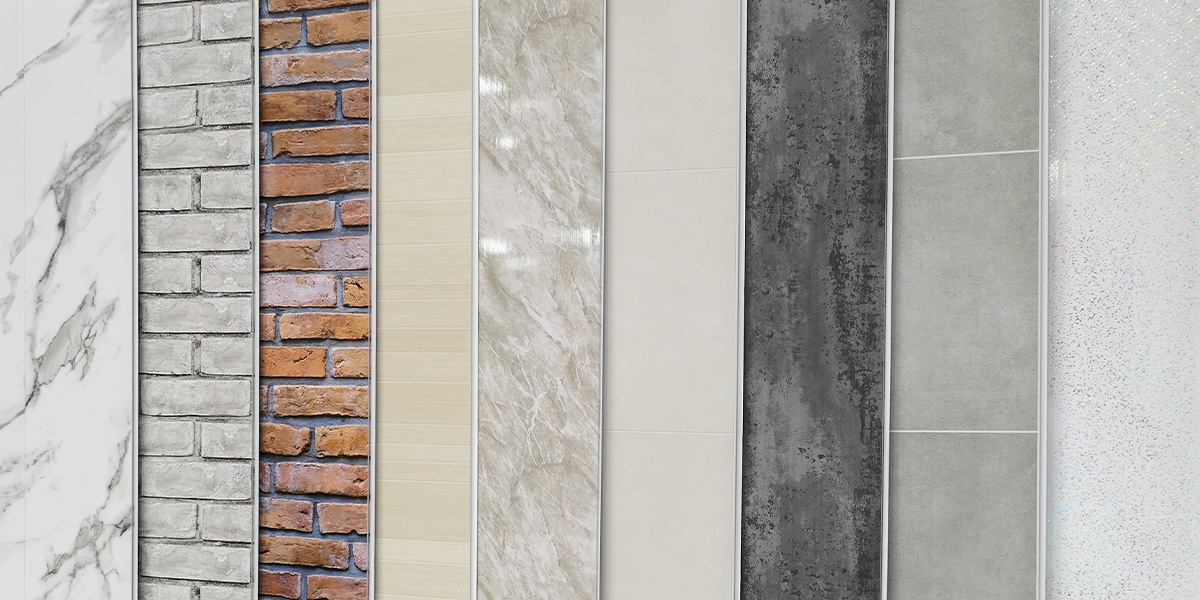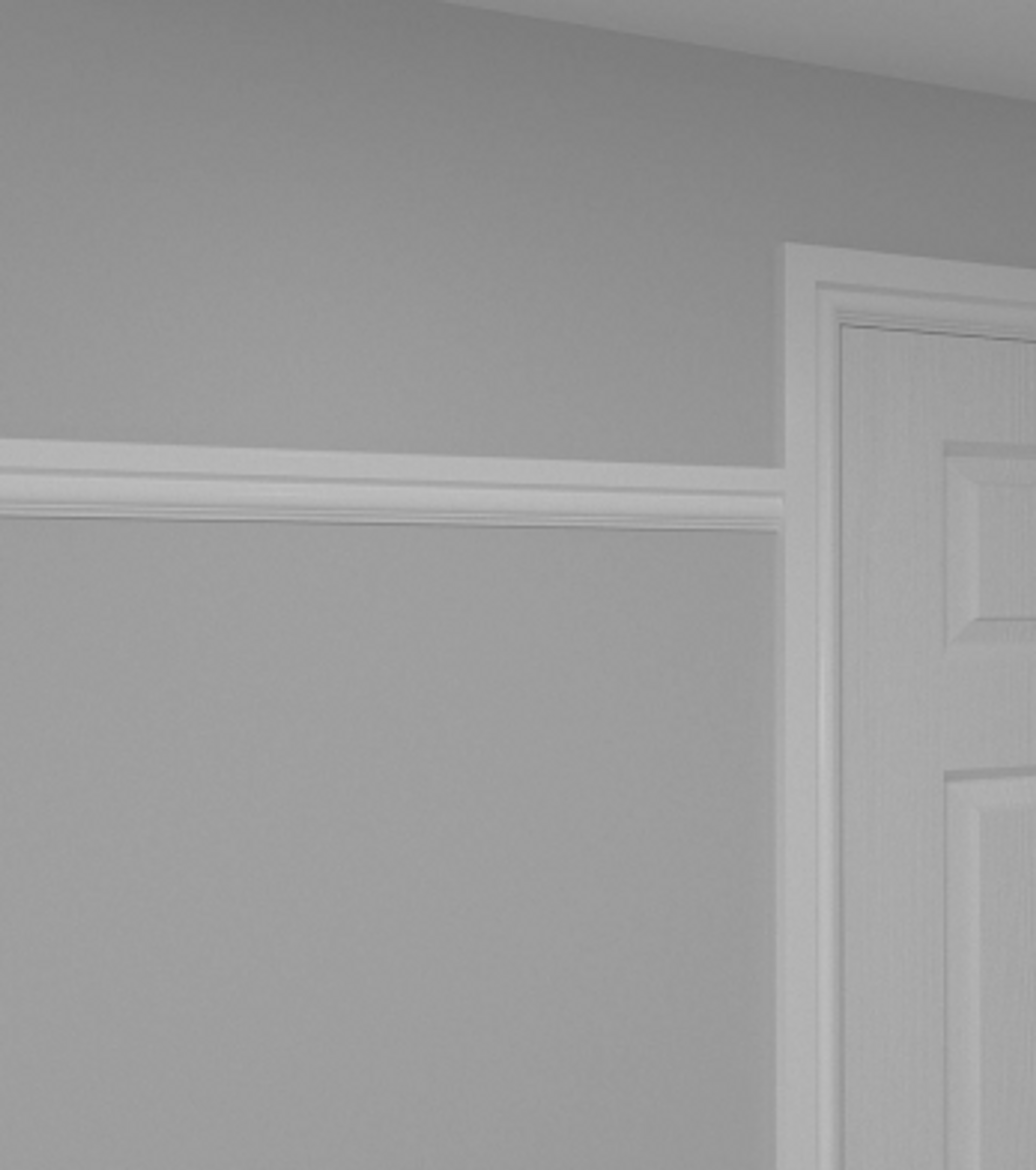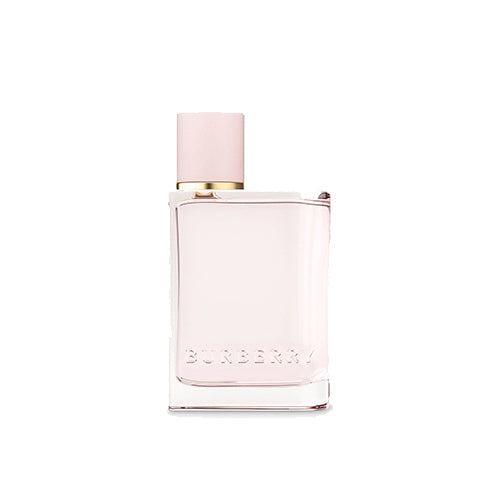
In the quest to create a beautiful and functional home, we often get swept up in the big decisions: the paint color, the flooring, the choice of furniture. However, a truly polished interior is defined by its attention to the small things. The unsung hero of this architectural narrative is undoubtedly the skirting board. This unassuming strip of material, running along the base of your walls, is far more than just a decorative trim. It is a critical component that provides both protection and a professional, cohesive finish that ties a room together. Without this final detail, even the most thoughtfully designed space can feel unfinished and lacking in character.
The fundamental purpose of a skirting board is protection. The base of a wall is a high-traffic area, subjected to constant potential damage from a variety of sources. From the scuffs of shoes to the bumps from a vacuum cleaner or a child’s toys, this area takes a beating. The skirting board acts as a durable shield, absorbing these impacts and preserving the integrity of the plaster and paintwork above it. This protective function is invaluable, as it significantly reduces the need for frequent touch-ups and repairs, helping to maintain the pristine condition of your walls for much longer.
The Evolution of Skirting Boards: From Traditional Timber to Modern MDF
For generations, solid wood was the material of choice for skirting boards. Its natural grain and warmth were highly valued. However, wood comes with its own set of challenges. It is a material that is sensitive to its environment, prone to expanding and contracting with changes in temperature and humidity. This can lead to a variety of issues, including warping, splitting, and the development of unsightly gaps at the joins and corners. This often means more maintenance and a finish that can look less than perfect over time.
In recent years, the market has seen a significant shift towards engineered materials, and MDF skirting boards have emerged as a superior alternative. MDF, or Medium-Density Fibreboard, is created by breaking down hardwood and softwood residuals into wood fibers and then combining them with wax and a resin binder. This process results in a dense, uniform, and incredibly stable product that is perfect for skirting boards. Companies like MDF Skirting World have pioneered the use of this material, offering products that are not only durable but also highly versatile and reliable.
One of the greatest advantages of an MDF scribe a skirting board is its consistency. Unlike solid wood, which can have knots or an inconsistent grain, MDF offers a perfectly smooth surface. This makes it an ideal canvas for painting, as it requires minimal preparation and results in a flawless finish. The stability of MDF also means that it will not warp or crack, ensuring that your skirting boards will maintain their pristine appearance for many years, even in areas with fluctuating humidity.
The Art of Selection: Choosing the Perfect Skirting Board Profile and Height
The design of a skirting board is a powerful tool for defining the character of a room. The profile, or the shape of its top edge, can range from simple and modern to ornate and traditional. For a home with classic architecture, a skirting board with a traditional profile like ‘Ogee’ or ‘Victorian’ can enhance the period feel and add a touch of timeless elegance. These profiles, with their elegant curves and decorative details, can beautifully complement the features of an older property.
For a contemporary or minimalist interior, a simple, clean-lined profile such as a ‘Bullnose’ or a simple chamfer creates a sleek and understated finish. These designs are about creating a crisp, uncluttered line that reinforces a modern aesthetic without drawing too much attention.
The height of the skirting board is another crucial design element. Taller skirting boards tend to make a room feel grander and more formal, and they are often used in rooms with high ceilings to create a sense of scale. Shorter skirting boards are a more discreet choice for rooms with standard ceiling heights, where they can provide a defined finish without making the room feel smaller. The wide range of profiles and custom heights offered by specialists like MDF Skirting World allows homeowners to perfectly tailor their skirting boards to the unique style and dimensions of their space.
A Professional Finish Made Easy
For those who enjoy DIY projects, the thought of installing skirting boards can seem daunting. However, the quality of modern MDF products has made this process much more manageable. Many high-quality MDF skirting boards are supplied pre-primed, which saves a significant amount of time and effort during the finishing process. The stability of the material ensures that cuts are clean and precise, leading to tight, professional-looking joins at corners. This reduces the need for extensive filling and sanding, making it possible for a novice to achieve a professional-looking result with relative ease.
Ultimately, skirting boards are much more than a functional trim. They are a fundamental architectural detail that adds a layer of sophistication, durability, and visual unity to any room. By choosing the right skirting board, you are not just adding a final piece of trim; you are investing in the long-term beauty and integrity of your home.



